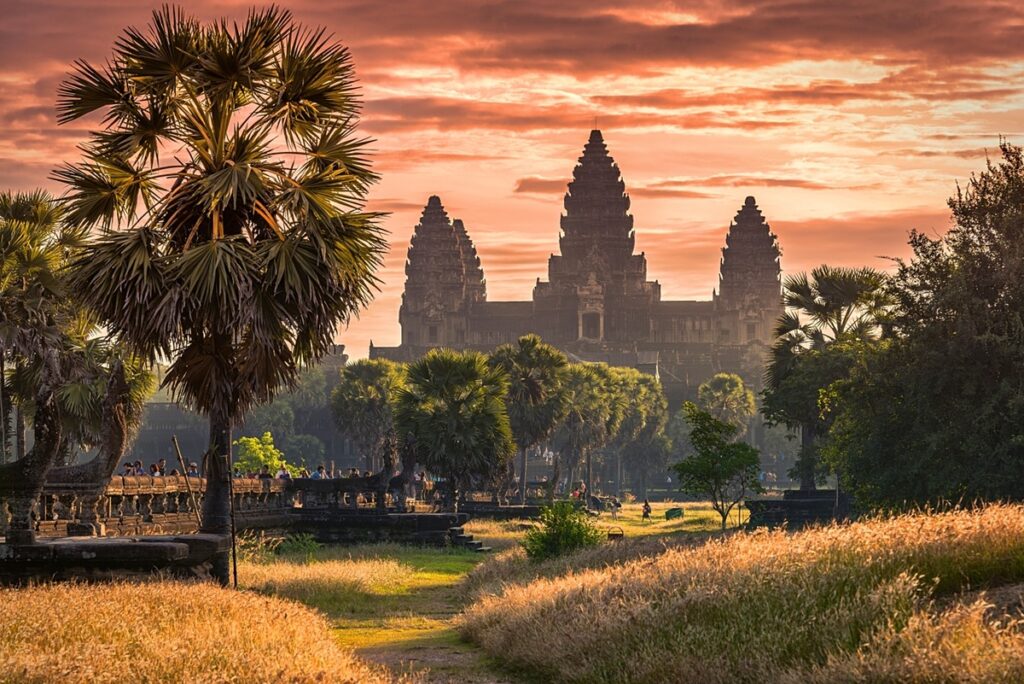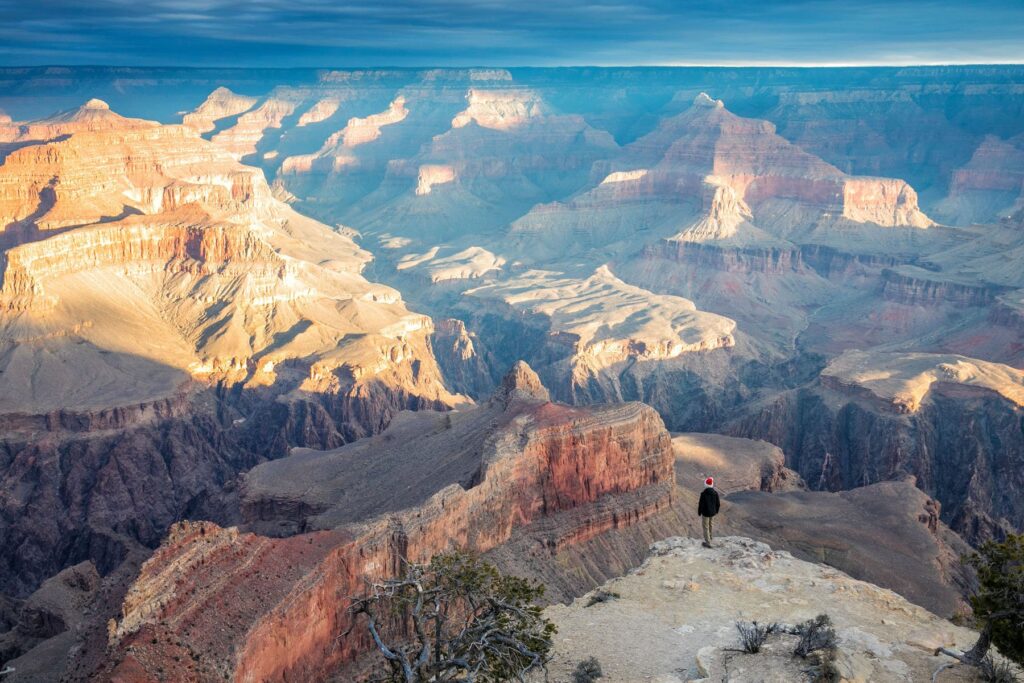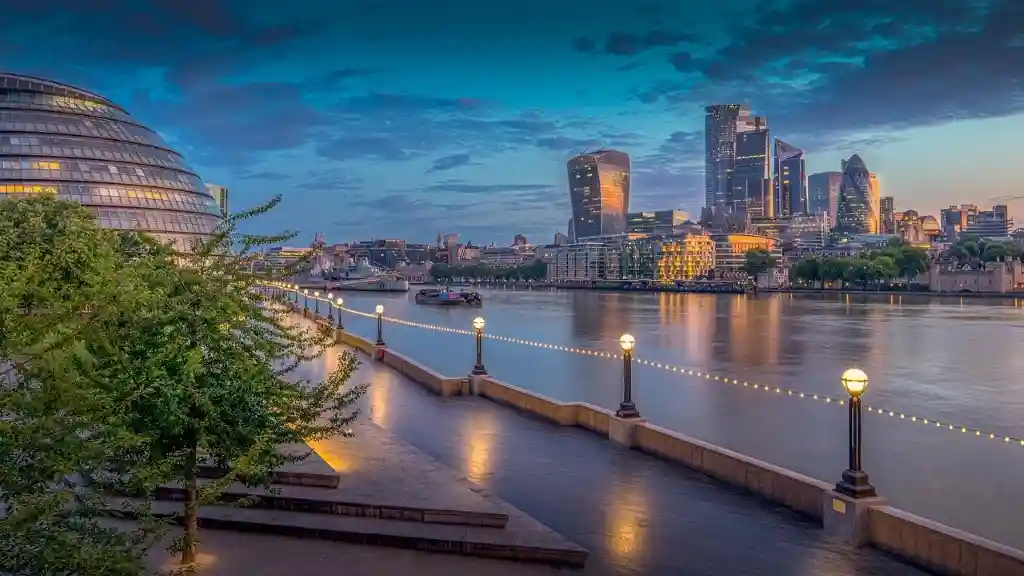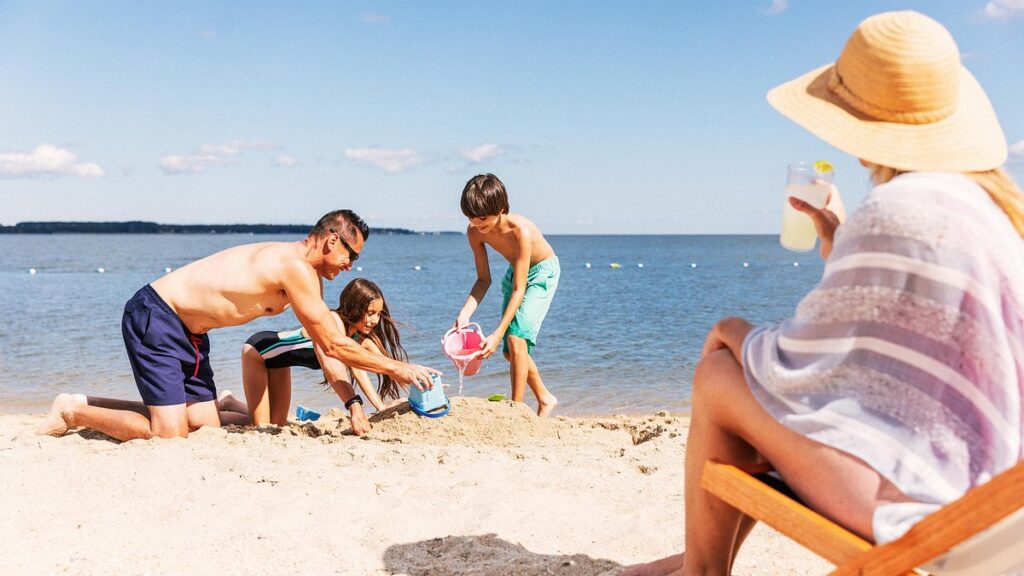Siem Reap, a city in northwest Cambodia, is the gateway to the Angkor region and has become a popular tourist destination renowned for its historical and cultural significance. In this article, we will explore the top attractions and experiences that make Siem Reap a must-visit destination for travelers in 2024.
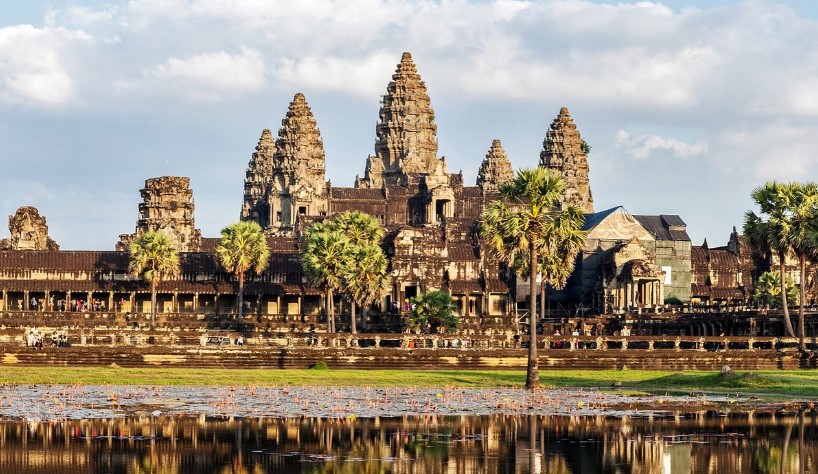
What Are the Top Tourist Attractions in Siem Reap?
Siem Reap is home to some of the most magnificent temples in the world, with Angkor Wat being the crown jewel of them all. The sheer grandeur and architectural mastery of Angkor Wat make it a mesmerizing sight for tourists. It is a must-visit for anyone seeking a profound historical and spiritual experience.
Ta Prohm, another iconic temple in Siem Reap, offers a unique and enchanting experience with its intertwined roots and ancient ruins, creating a sense of wonder and exploration. The temple of Ta Prohm is a testament to the relentless embrace of nature’s power over man’s creation.
Bayon Temple, located in the heart of the ancient city of Angkor Thom, is renowned for its striking stone faces and intricate carvings, providing visitors with a captivating glimpse into the ancient Khmer civilization.
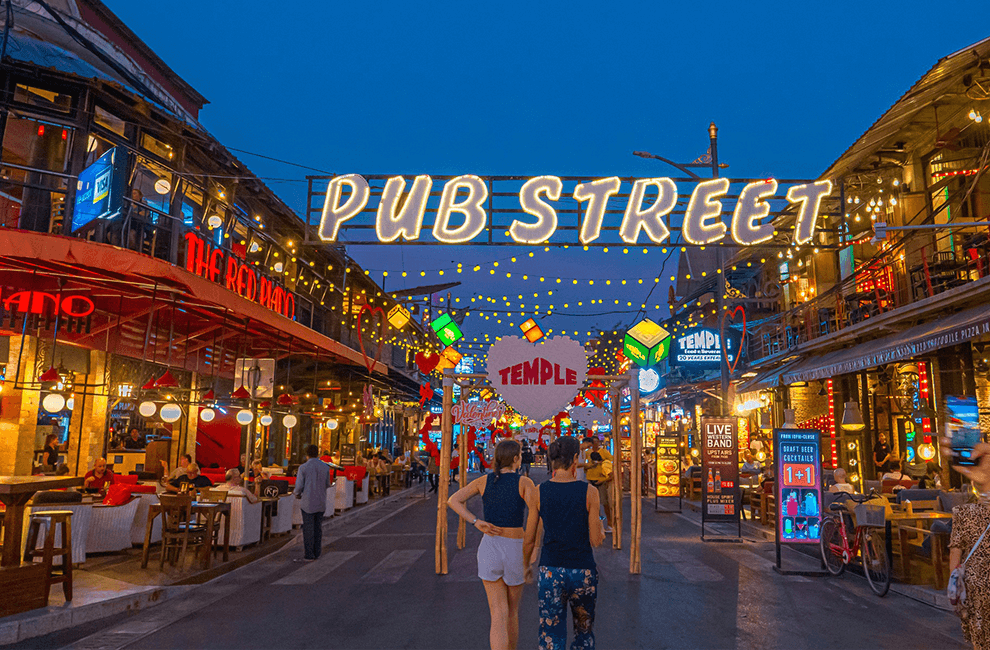
Where Can You Experience the Vibrant Nightlife in Siem Reap?
After a day of exploring historical wonders, Siem Reap offers a vibrant nightlife experience. Pub Street is a bustling hub of activity, offering an array of bars, restaurants, and live music venues. It’s the perfect place for mingling with fellow travelers and experiencing the lively atmosphere of Siem Reap.
The Siem Reap Night Market is a charming and lively place where visitors can stroll through rows of stalls selling local handicrafts, souvenirs, and street food. It’s an ideal spot to immerse yourself in the local culture and pick up unique Cambodian mementos.
The Made in Cambodia Market celebrates local artistry and craftsmanship, offering visitors a chance to explore and purchase authentic Cambodian products while supporting local artisans and entrepreneurs.
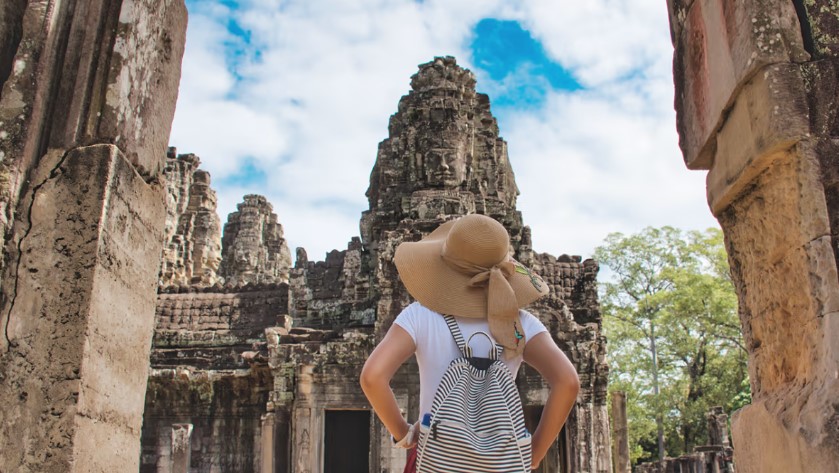
What Are the Unique Cultural Experiences in Siem Reap?
Siem Reap’s cultural landscape goes beyond its ancient temples, offering visitors a chance to delve into Cambodia’s poignant history. The Landmine Museum provides a sobering look at the impact of landmines on the country and the remarkable efforts of Aki Ra in clearing them, shedding light on Cambodia’s tumultuous past.
The Kampong Phluk Floating Village showcases the unique lifestyle of the local residents, with stilt houses and floating markets providing an insight into the traditional Khmer way of life along the Tonle Sap Lake.
Exploring the Siem Reap River presents an opportunity to discover local art and crafts, with galleries and workshops offering a captivating showcase of Cambodian creativity and talent.
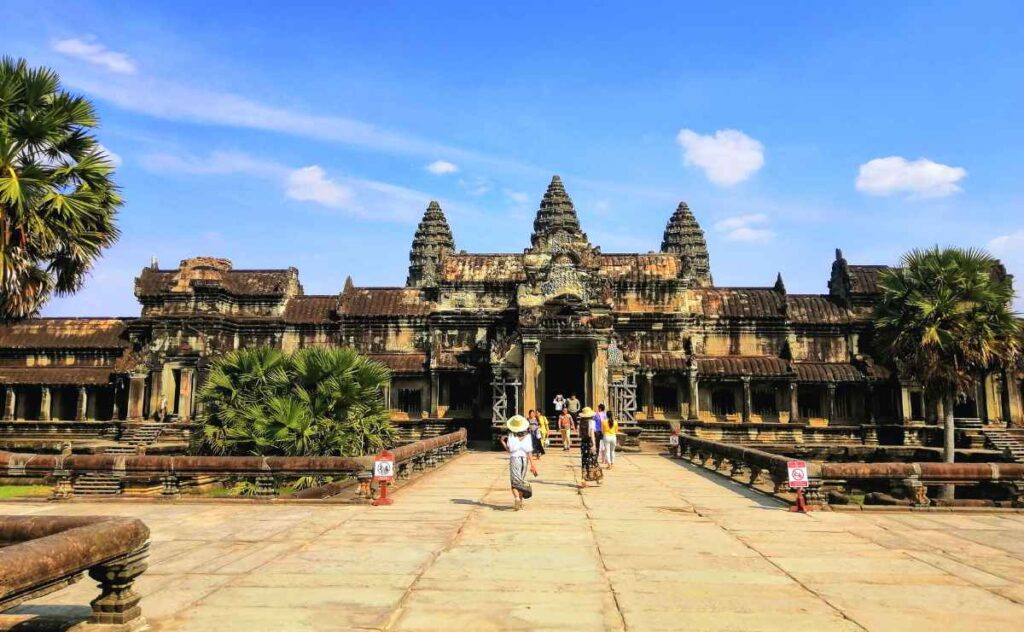
Which Temples Beyond Angkor Wat Should You Visit?
While Angkor Wat is undoubtedly awe-inspiring, there are other temples that offer equally captivating experiences. A visit to the ancient city of Koh Ker takes you away from the crowds, allowing you to explore intricate temples and structures set amidst the Cambodian countryside, offering a serene and contemplative experience.
Banteay Srei Temple, renowned for its intricate carvings and delicate pink sandstone, is a must-visit for those seeking architectural marvels and historical insights. It’s a testament to the exceptional craftsmanship of the Khmer people.
The sacred Kulen Mountain and its waterfalls provide a refreshing escape from the temple complexes, offering a serene and natural setting amidst lush greenery, perfect for relaxation and rejuvenation.
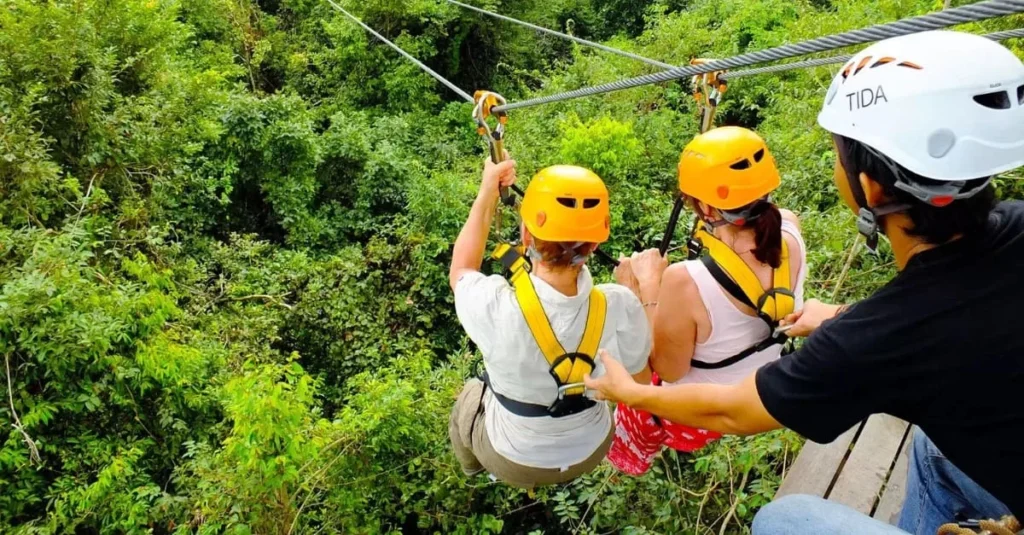
What Other Attractions Can You Explore in Siem Reap?
The Angkor National Museum offers a comprehensive look into the history and art of the Khmer empire, providing valuable context and insights into the temples and artifacts found in the region. It’s a must-visit for history enthusiasts and those seeking a deeper understanding of Cambodia’s rich cultural heritage.
Bayon Temple in Angkor Thom is not to be missed, with its iconic stone faces and intricate bas-reliefs providing an immersive journey into the heart of ancient Khmer civilization.
The unique floating village of Kampong Phluk offers an authentic glimpse into the lives of the local fishing community, with floating homes and markets showcasing a way of life distinct from the hustle and bustle of the city.
Q: What are some must-see attractions in Siem Reap?
A: Some must-see attractions in Siem Reap include the Angkor Archaeological Park, Pub Street, the Night Market, the Floating Village of Kampong Phluk, and the Landmine Museum.
Q: What are the top things to do in Siem Reap?
A: The top things to do in Siem Reap include visiting the Angkor Temples, exploring the Made in Cambodia Market, taking a trip to the Kulen Mountain, and experiencing the Siem Reap River.
Q: What are the best places to visit in Siem Reap?
A: The best places to visit in Siem Reap include the Angkor Temples, the Cambodian Landmine Museum, the Phnom Kulen, and the Prek Toal Bird Sanctuary.
Q: What is the significance of the Angkor Archaeological Park?
A: The Angkor Archaeological Park is a UNESCO World Heritage Site and is home to the famous Angkor Wat, a temple complex dating back to the 12th century dedicated to the Hindu god Shiva.
Q: What is Pub Street famous for?
A: Pub Street is famous for its lively atmosphere, numerous bars, restaurants, and street performances, making it a popular nightlife spot in Siem Reap.
Q: What can I explore in the Night Market in Siem Reap?
A: At the Night Market in Siem Reap, you can explore a wide variety of handicrafts, souvenirs, and local street food, providing a vibrant and bustling evening shopping experience.
Q: What is the Floating Village of Kampong Phluk known for?
A: The Floating Village of Kampong Phluk is known for its stilted houses, unique lifestyle of the locals, and the opportunity for boat tours through the community built on the largest freshwater lake in Southeast Asia.
Q: What can I expect at the Made in Cambodia Market?
A: At the Made in Cambodia Market, you can expect to find a wide range of locally-made crafts, arts, and souvenirs, providing a great opportunity to support local artisans and take home authentic Cambodian products.
Q: How far is the Kulen Mountain from Siem Reap?
A: The Kulen Mountain is located approximately 50 kilometers north of Siem Reap, and it is known for its waterfalls, ancient temples, and lush natural beauty, making it a popular day trip destination from the city.
Q: What is the Siem Reap River known for?
A: The Siem Reap River is known for its scenic beauty, offering boat cruises, riverside restaurants, and a peaceful atmosphere, allowing visitors to relax and enjoy the natural charm of the city.

